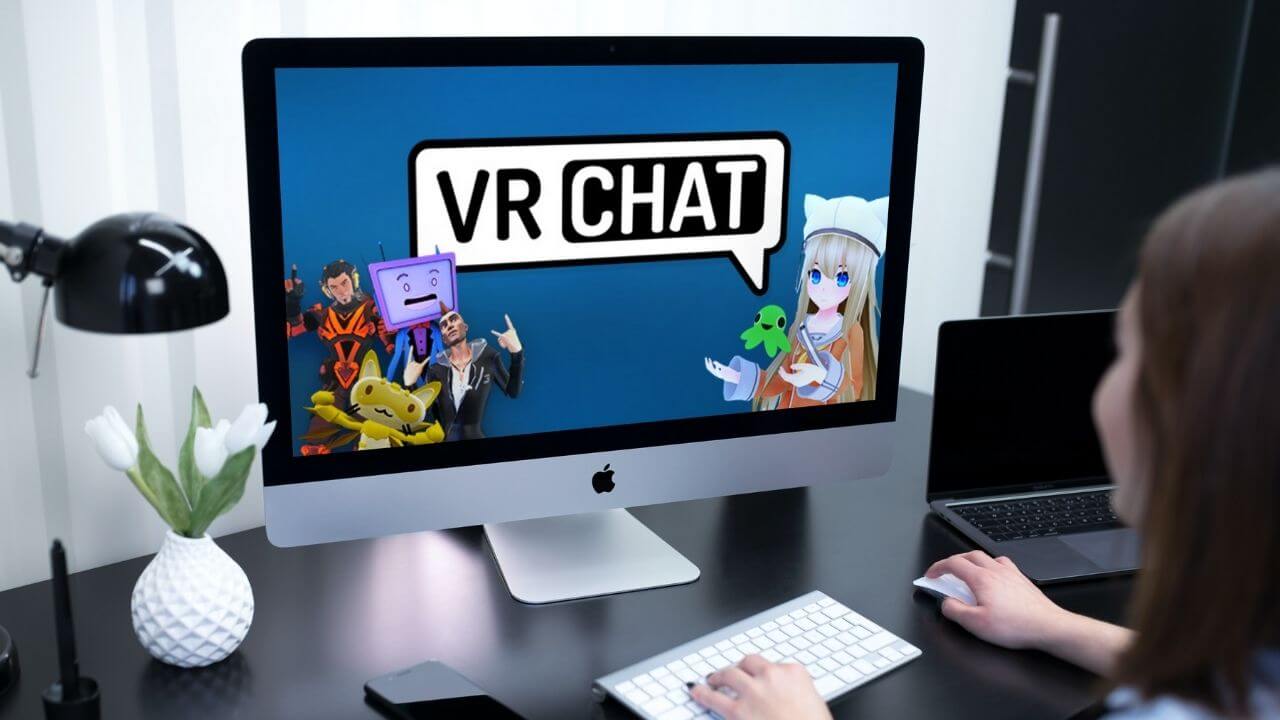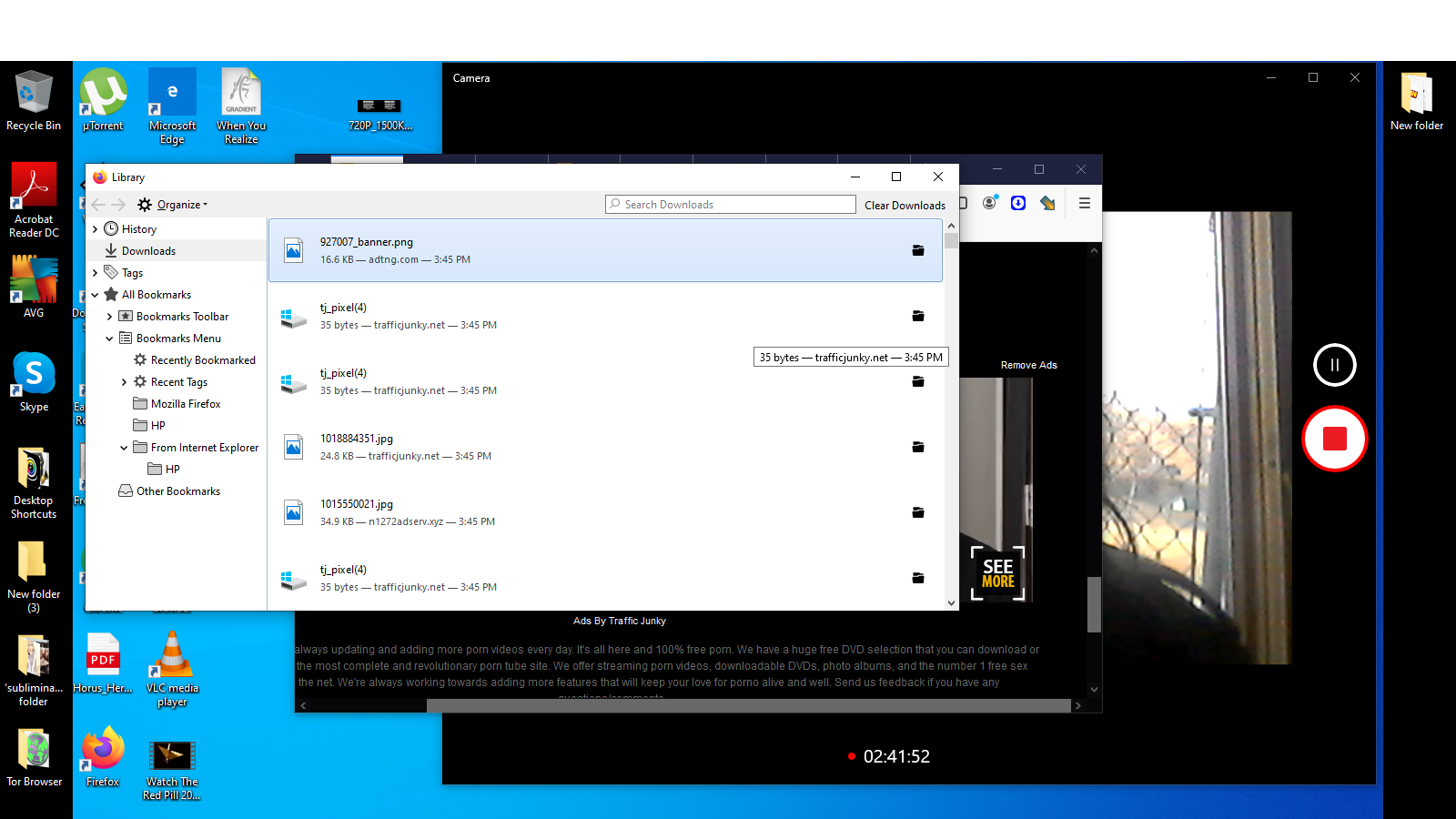
While Second Life is an enormous free-roaming social world, Linden Lab views Sansar as a “platform” that allows the user to create their own unique virtual spaces, which can be explored by other users. Sansar is brought to us by Linden Lab, the people behind Second Life, but it’s not a sequel. Spaces may ultimately only come into its own only when the majority of people have the hardware to access it. Unlike the other experiences in this list, it doesn’t allow you to bump into and befriend strangers, though, so make sure you have at least one Facebook friend with an Oculus Rift before you invest, otherwise this could be a frighteningly lonely experience. It allows you to watch videos, examine 360-degree photos, draw in 3D and take selfies with up to three of your Facebook friends sharing your space.

SlotsMillion founder Alexandre Tomic has said that VR has the potential to completely change the dynamics of casino gaming, offering more social, multi-player competitive style games that are far more in tune with the millennial generation.įacebook’s long-awaited VR experience, Spaces, is finally here, at least if you have an Oculus Rift, but what on earth is it? Well, it’s pretty much Facebook teleported into a 360-degree environment and reconfigured for the world of VR. Warning: leaning against the window and looking down will give you very real vertigo.

You can immerse yourself in the games, or, if gambling’s not your thing, hang around the bar and chat. This is a casino lounge filled with interactive 3D slots on the 80 th floor of a skyscraper in a very cool futuristic city. SlotsMillion VR offers a different kind of “gaming” altogether, in that it’s the world’s first real-money virtual reality casino.
#Games like vr chat for mac with no vr series
Who would have thought that dodging and shooting in room-scale VR in a series of team-based death matches could be so much fun? Here, you can partake in a multitude of sports-style games, from ping pong to basketball to disc golf, but the game that has everyone so excited is VR paintball.
#Games like vr chat for mac with no vr free
Rec Room, a free Steam app for the HTC Vive, is a “VR social club” that’s all about multi-player gaming. If you have the tech, you can even upload your own 360-degree environments, which means you can invite people round to a VR version of your own living room.Īs fun as it is, vTime has obvious applications in the business world, allowing users based in different countries to hold meetings and conferences in real-time.Īs a new technology, VR is looking for a killer app that will accelerate adoption, and Cnet believes it’s already here. So, you could be supping tea at a fancy hotel, for example, or on a beach in Hawaii, or at the North Pole. The platform allows you to teleport to any number of mind-blowingly cool 360-degree landscapes.

But it’s the range of backdrops that make this so exciting. Instead, this is a largely sedentary experience, with all users seated in a circle as they shoot the breeze - as human beings have presumably done since the dawn of civilisation and language. There’s no wandering around jostling for space with avatars, for example, or chucking frisbees at your fellow users. VTime likes to think of itself as a “sociable” network, rather than a social network, perhaps emphasising that these virtual social gatherings are essentially friendly and more genteel in nature than some of their counterparts. Let’s take a look at some of the most interesting social VR experiences out there. Thus, current social VR networks are composed of close knit communities of early and enthusiastic adopters, interspersed, naturally, with the odd troll here and there. Estimates suggest around 11 million VR headsets and consuls have been shipped globally, a figure dwarfed by the billions accessing Facebook on their desktop and mobile devices. The other reason is the slow adoption of VR hardware, which has created a small (but growing) pool of potential users.

But technology is galloping forward at a breakneck pace and the social networks of the future will undoubtedly contain photo-realistic versions of ourselves. As a result, graphics in social VR need to be kept relatively simple - for now. Part of the reason for this is the limitations of tech and the latency problems caused by multiple avatars sharing the same space. When Facebook bought Oculus Rift in the summer of 2014, Mark Zuckerberg declared that virtual reality (VR) would be “the most social platform ever.” Most of the early VR apps and games, however, offer somewhat solitary immersive experiences that ignore the interesting social dimension.


 0 kommentar(er)
0 kommentar(er)
